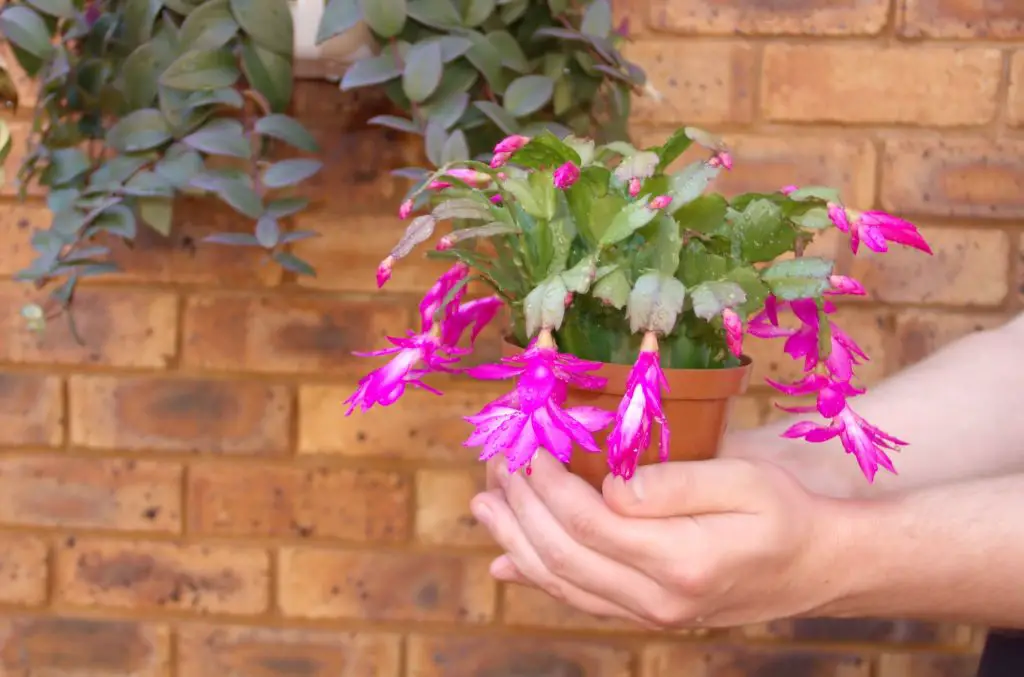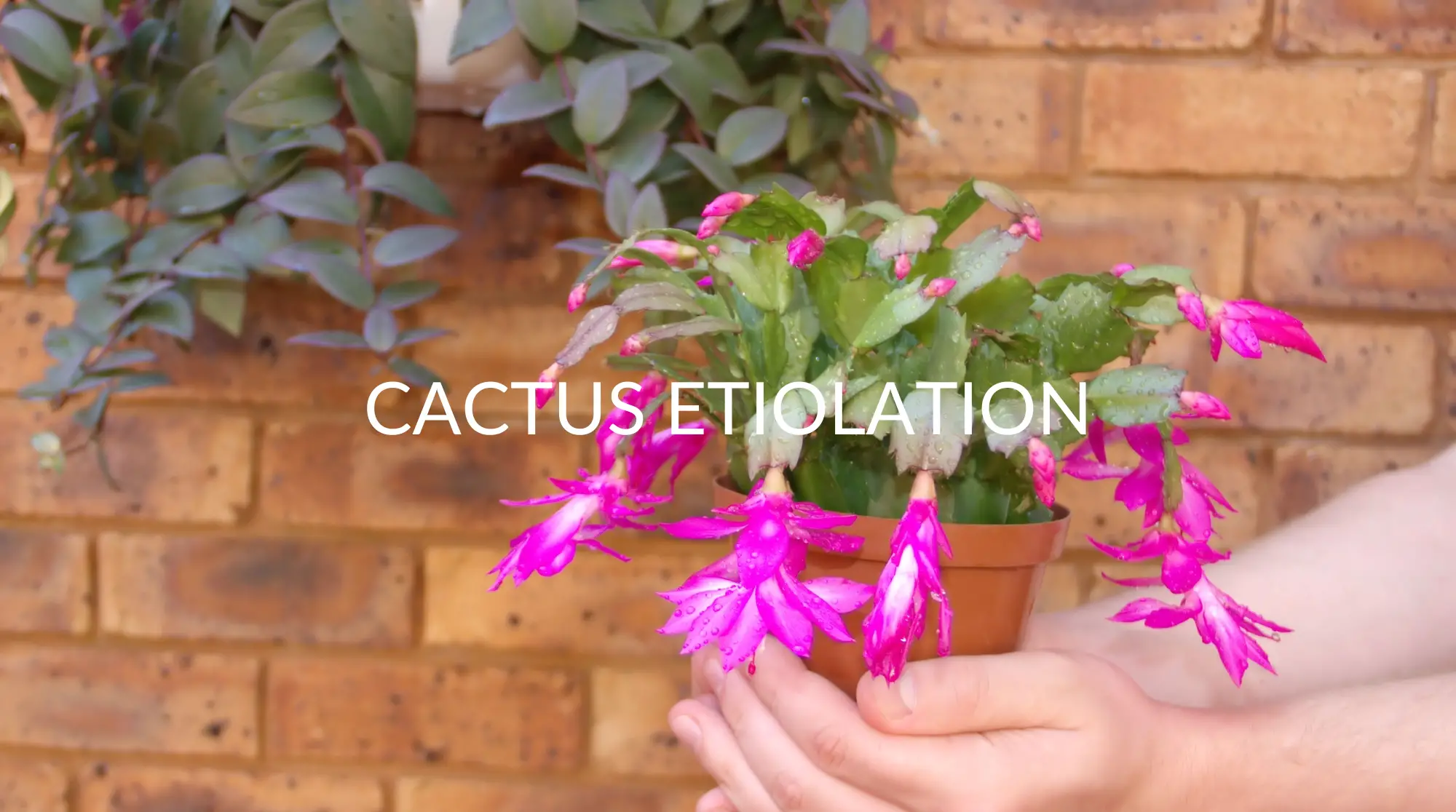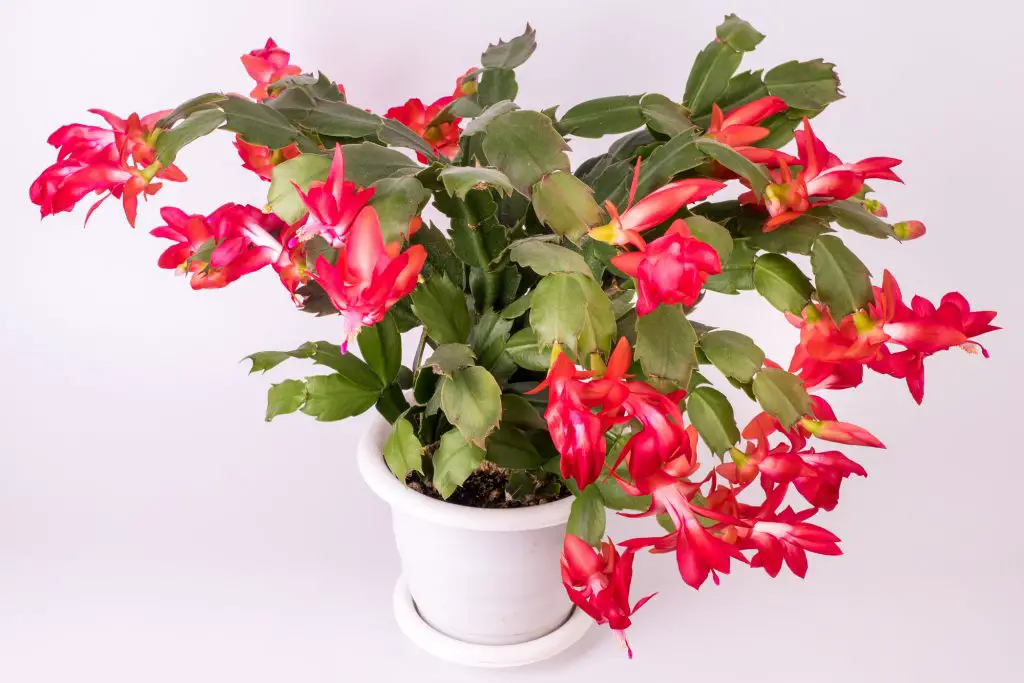If you’re a cactus collector, you may be familiar with different types of problems that can arise with the plant. You may have heard of something called etiolation, but what is cactus etiolation?
Cactus etiolation is a process where a cactus stretches and becomes thin due to a lack of sunlight. The cactus will try to grow towards the light, causing it to become elongated and leggy. Etiolation can occur if a cactus is not getting enough sunlight or if it is receiving too much artificial light. The process can also be caused by drafts, sudden temperature changes, or excessive water.
Once a cactus starts to etiolate, it is difficult to reverse the process. However, by moving the plant to a brighter location and increasing the amount of sunlight it receives, you can help to slow down the etiolation. Regular watering and fertilization will also help to keep the cactus healthy and prevent further stretching.
What Are Some Visible Signs Of Etiolation?
If your cactus has etiolation, it will likely have several telltale signs.
Increased Length of the Internodes
First, check the length of the internodes (the spaces between the leaves). If they seem unusually long, it’s a good indication that the plant is etiolated.
Etiolated Plants May Produce Fewer Flowers or Fruits
Etiolated plants may produce fewer flowers or fruits, and the quality of the flowers may be reduced. In some cases, etiolation can be corrected by simply moving the plant to a brighter location.
Etiolated Plants May Produce Fewer Flowers or Fruits
When a plant is not receiving enough light, it will typically have a pale green or yellow color, as the leaves have not had a chance to develop chlorophyll. Chlorophyll is what gives plants their characteristic green color and helps them to absorb sunlight for photosynthesis.
Etiolated Plants Often Have Skinny, Spindly Stems and Small Leaves
Plants that are etiolated have stems that are thin and spindly and leaves that are small. This is often the result of the plant not getting enough light. When this happens, the plant will stretch out in an attempt to reach more light, resulting in leggy growth.
Defective Root Development
The main root is usually short and thick, and the lateral roots are either nonexistent or poorly developed. This can severely impair the plant’s ability to uptake water and nutrients from the soil.

What Causes Etiolation In Cactus?
While etiolation can be caused by natural factors such as cloudy weather or dense forest canopy, it is most often the result of human activities.
Including Potbound Roots
As the plant grows, its roots begin to fill the pot and crowd together. With nowhere else to go, the roots start to grow upwards, causing the stem to become elongated and slender.
Overcrowding
It is often caused by overcrowding, which can occur when plants are grown too closely together. When plants are crowded, they compete for light, water, and nutrients, causing them to stretch and become lanky in an attempt to reach the sunlight.
Low Light Levels
Etiolation can also be caused by deficient lighting, which causes the plant to produce more chlorophyll in an attempt to absorb more light. The excess chlorophyll causes the plant to appear green and healthy, but the stems and leaves are weak and easily damaged.
Being Grown Under Fluorescent Lights
Etiolation, or stunted growth due to insufficient light, can occur when plants are grown under fluorescent lights. Fluorescent lights emit a lot of blue light, which plants use for photosynthesis. However, they also emit some green and yellow light, which can interfere with plant growth. As a result, etiolation is often more pronounced under fluorescent lights than under other types of light.
Being Grown Indoors
Indoor plants often don’t get enough light, which can cause them to become etiolated.
How To Fix Cactus Etiolation
Cactus etiolation is a condition caused by the plant not receiving enough light. This results in the plant growing long and thin stems in an attempt to reach sunlight. While etiolation does not kill the cactus, it can make it more susceptible to damage from wind and rain.
In addition, etiolation can make the cactus less visually appealing. Fortunately, there are a few simple steps that can be taken to fix cactus etiolation.
More to a Location With More Light
One of the easiest ways to fix cactus etiolation is to move the plant to a location where it will receive more light. This can be done by placing the plant near a south-facing window or outside in direct sunlight for several hours each day.
If the cactus is placed outside, it is important to gradually increase the amount of time it spends in direct sunlight to avoid sunburn. In addition, the cactus should be moved back indoors or into a shady area during hot weather.
Prune the Plant
Another way to fix cactus etiolation is to prune the plant. This includes cutting off any long, thin stems that have grown in an attempt to reach sunlight. The cuts should be made just above a node, which is a small bump on the stem where leaves are attached.
Once the stems have been trimmed, the cactus should be moved to a location where it will receive more light. With proper care, the cactus should eventually return to its normal growth pattern.
Don’t Water as Much
Etiolation can also be caused by too much water. If your cactus is watered too often, the roots will not get enough oxygen and the plant will etiolate. To fix this problem, water your cactus less often and allow the soil to dry out completely between waterings.
Check for Pests Such as Mealybugs or Scale Insects
Pests such as mealybugs or scale insects can cause the plant to stretch out and become thin as it searches for light. To check for pests, look for small, soft-bodied insects that are often white, black, or brown in color.
These insects secrete a sticky substance called honeydew, which can attract ants and other pests. If you find any pests on your plant, treat them with an appropriate pesticide.
More Moisture
If you think your plant is underwatered, the best course of action is to water it thoroughly and then wait a few days before watering again. This will give the plant a chance to absorb the water it needs, and it will also help you to gauge whether or not you need to adjust your watering schedule.
If the plant looks healthy after a few days, then you can continue watering on your current schedule. However, if the leaves begin to droop or the soil feels dry, then you will need to water more frequently. By paying close attention to your plants, you can ensure that they always have enough water.
How to Prevent Cactus Etiolation
One of the most common problems faced by cactus growers is etiolation, or the stretching and thinning of plants due to inadequate lighting. If left untreated, etiolation can permanently damage a cactus plant, making it more susceptible to disease and pests. However, there are several things that you can do to prevent etiolation in your cactus plants.
Keep Them Well Lit
To prevent etiolation, make sure to place your cactus in a location where it will receive bright, indirect light for at least 6 hours per day. If possible, rotate the plant periodically so that all sides have a chance to receive light. South-facing windows are ideal for cacti. I
Avoid Drastic Temperature Changes
As any gardener knows, plants require a delicate balance of temperature, light, and water to thrive. One of the most important things to remember is to avoid drastic changes in temperature. Sudden changes can cause stress on the plant, leading to etiolation (the stretching and thinning of leaves due to insufficient light).
Instead, try to keep the temperature around your cactus consistent throughout the day and night. placed in an area where it will receive plenty of indirect sunlight, such as a south-facing window. In addition, be sure to water your cactus regularly, but allow the soil to dry out completely between watering.
By following these simple tips, you can help ensure that your cactus stays healthy and happy for years to come.
Be Sure to Water Regularly
A healthy cactus needs well-drained soil that is moist but not soggy. The best way to water a cactus is to soak the soil thoroughly and then allow it to drain completely. Be sure to empty any drainage tray after watering so that the roots do not become waterlogged.
In addition, fertilize the cactus every two weeks during the growing season to promote healthy growth. When fertilizing, use a high-quality cactus fertilizer and follow the manufacturer’s directions. Cacti are typically very low-maintenance plants, but giving them the proper care will help them to thrive.
Keep Them Bug Free
Cactuses are often affected by bugs, which can cause them to etiolate, or become thin and stretched out. There are several ways to prevent this from happening. First, make sure to keep your cactuses clean. Wash them with a mild soap and water solution, and then dry them thoroughly.
Get rid of any leaves or stems that appear to be infested with bugs. You can also try spraying your cactuses with an insecticide, although this should be a last resort. If you do use an insecticide, be sure to follow the directions carefully, as cactuses are sensitive to chemicals.
Give Them Space
The best way to do this is to give your cactus plenty of space. Cacti need room to grow, so make sure to choose a pot that is large enough to accomodate the plant’s roots. In addition, make sure to place the cactus in an area where it will receive plenty of sunlight.
Conclusion
Cactus etiolation is a process where a cactus stretches and becomes thin due to a lack of sunlight. The cactus will try to grow towards the light, causing it to become elongated and leggy. Etiolation can occur if a cactus is not getting enough sunlight or if it is receiving too much artificial light. The process can also be caused by drafts, sudden temperature changes, or excessive water.
Once a cactus starts to etiolate, it is difficult to reverse the process. However, by moving the plant to a brighter location and increasing the amount of sunlight it receives, you can help to slow down the etiolation.
If the plant is severely etiolated, you may need to prune it back in order to encourage new growth. With proper care, your cactus will eventually recover from etiolation and return to its normal shape.








